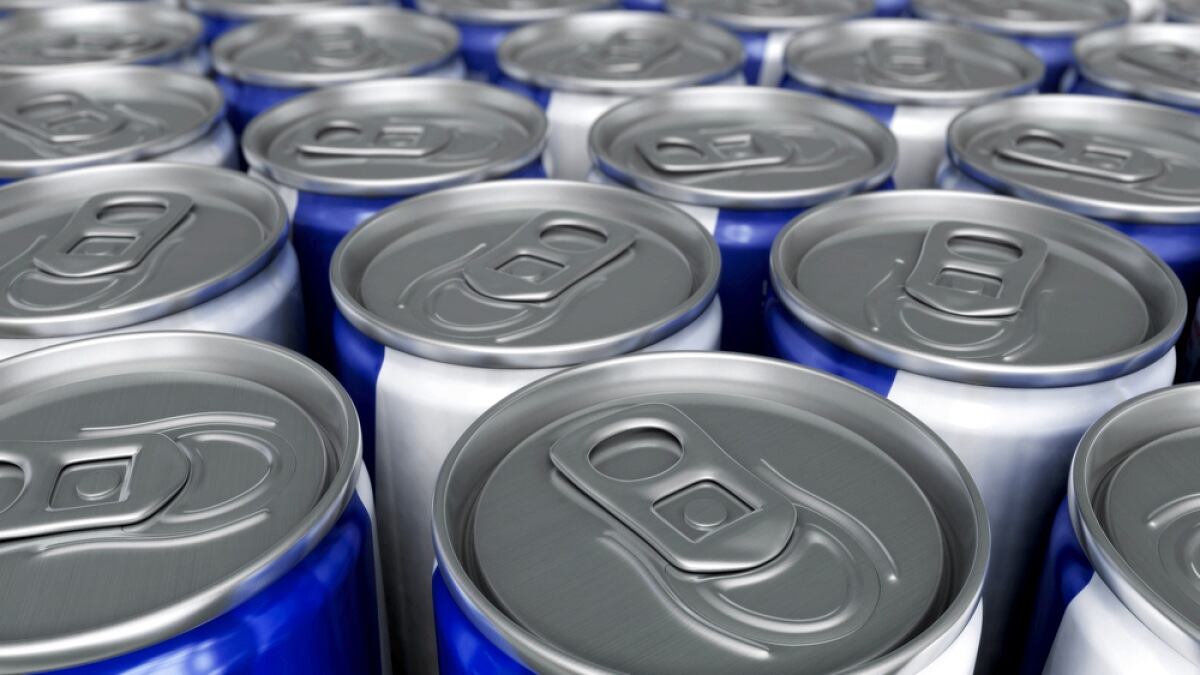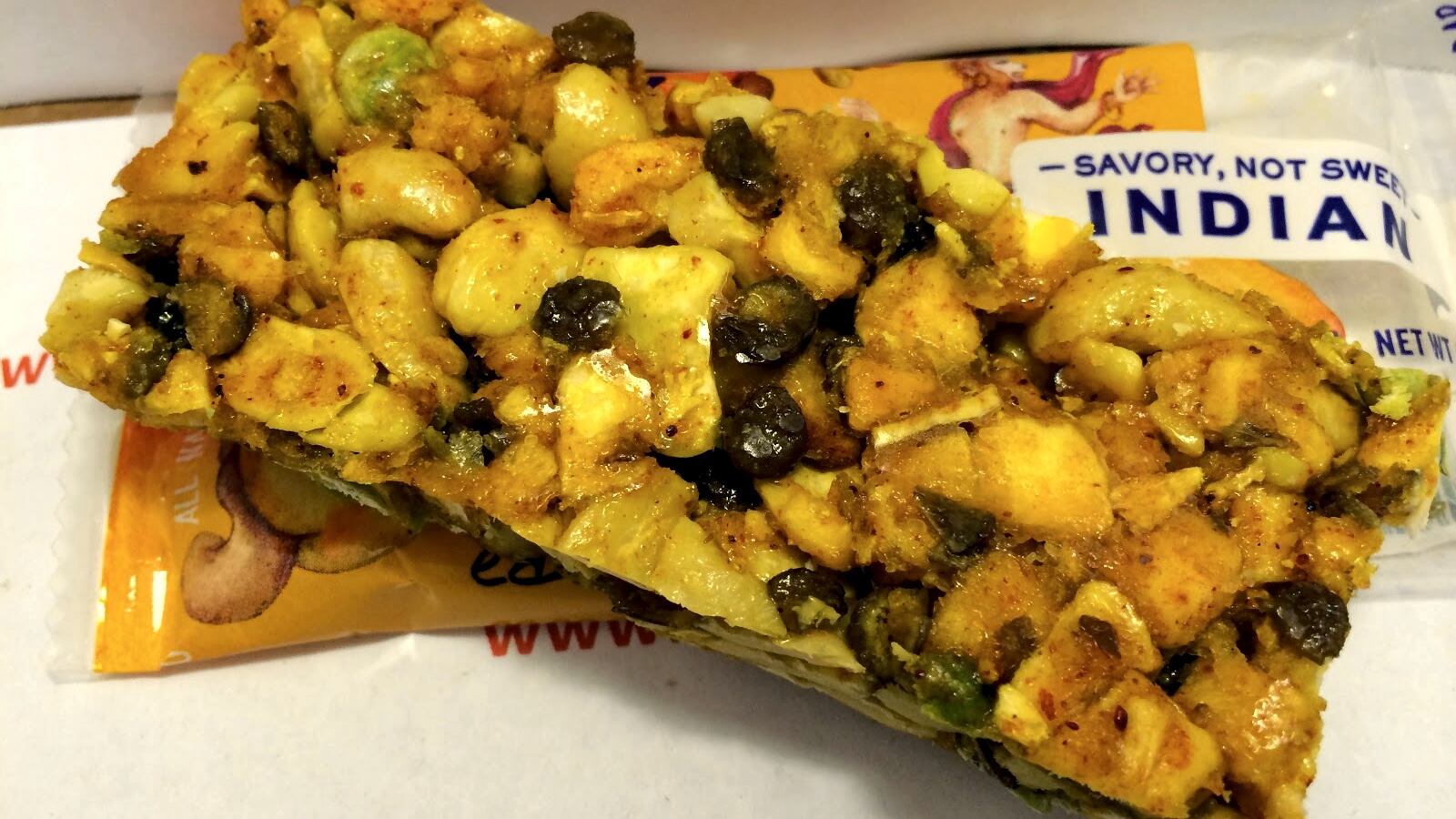Currently, India has around 30m heart patients, and roughly 200,000 surgeries are performed in the country each year, Hamid Ansari said.
"We would need a comprehensive approach to combat heart disease, with a focus on education and access to proper health facilities,” he said.
“For this, both the public and the private sectors have to work together.”
Among the priority areas to be tackled are limited availability to healthcare and the cost of treatment, alongside a lack of awareness of non-communicable diseases among Indians, he said.
India is poised for a major increase in cardiovascular disease mortality at a time when life expectancy is increasing.
"If the current trend continues by the year 2020, the burden of atherothrombotic cardiovascular diseases in India will surpass other regions of the world,” Ansar warned.
"Today, cardiac hospitals in India perform over 200,000 open heart surgeries per year, one of the highest worldwide.”
India has seen recent rise in the number of heart procedures completed at hospitals, with experts estimating the number has been growing by 25-30% per year.
"This suggests that the disease is now achieving epidemic proportions; it also shows that the accessibility of the population to advanced cardiac facilities is increasing," he said.
Heart disease is now the world's leading causes of death, claiming 17.3 million lives each year, he said, adding, India has seen a rapid transition in its heart disease burden over the past couple of decades.
The load of communicable and non-communicable diseases, though, is projected to get reversed in 2020, he noted.
Listing out some of the government initiatives to combat the heart disease, he said the Parliament in 2003 had also passed the Cigarettes and other Tobacco Products Act to further the cause of prevention of cardiovascular diseases.
FSSAI expected to launch study into energy drinks
India’s food regulator is considering a review of caffeinated energy drink standards at a time when more youngsters than ever are consuming them.

Consumption of caffeinated drinks has seen sizeable growth in the last decade, forcing the segment onto the radar of the Food Safety and Standards Authority of India (FSSAI).
The body will now launch a large-scale study into their consumption among a wide range of young people, including school and college students and young professionals.
Under current standards, caffeinated beverages are classified as water based non-alcoholic flavoured drinks and should contain more 145-320mg of caffeine per litre.
Though now the regulator wants to learn more about consumption patterns, preferences and attitudes of consumer groups related to recent studies, a source told Livemint.
This will be done through a study that looks at consumers aged 15-45 to be undertaken in 24 cities, including the metros. It will report on consumption levels among children, teens and professionals, brand preferences, addictive tendencies and withdrawal symptoms, if any, the paper reported.
AAK acquires majority shareholding in Indian oil major
Edible oils major AAK has acquired 51% of the shares of Kamani Oil Industries, one of the leading speciality and semi-speciality oils and fats companies in India.

Its previous owners, the Chawla family, will retain the remaining shareholding with Prakash Chawla continuing as chief executive.
There is, in addition, a put/call option under which AAK could acquire the Chawlas' 49% of stock within the next 3-7 years.
“A growing middle-class, rapid urbansation and rising per-capita income obviously make India a very interesting growth market for AAK, and we very much look forward to start working together with the Chawla family”, said Torben Friis Lange, AAK Asia’s president.
“This acquisition will reinforce AAK’s speciality oils and fats strategy and offer a strong foothold in India.
“Kamani has very well-developed relations with both global and local customers. Together, we will continue to develop customer relations as well as the product portfolio of speciality and semi-speciality products.”
Kamani, which operates out of a production facility in Khopoli, southeast of Mumbai, had revenues of around US$119m last year, with an annual volume of 100,000 MT.
“It’s a great moment for all of us here in India to become part of a much bigger family,” said Prakash Chawla. “AAK is one of the leading speciality oils and fats manufacturing companies in the world. This will significantly enhance the capabilities in the Indian market and we very much look forward to this partnership.”
Arne Frank, president and chief executive of AAK Group, said the acquisition was an integral part of AAK’s AAKtion programme, and would strengthen the company’s presence in another fast-growing economy.
Kamani’s customer and market approach are similar to AAK’s, said Arne Frank, the Swedish company’s president and chief executive (pictured).
“The acquisition will serve as a platform for increased sales of speciality and semi-speciality products within food ingredients and chocolate and confectionery fats.”
The transaction is expected to be completed on October 1, and will begin to contribute to AAK’s operating profit during the first half of 2016.
Chocolate companies focusing on growing adult market
Dominated by consumer chocolates, India’s chocolate market is expected to surpass US$17bn in value by 2020.

According to a report by Research and Markets, product innovations, strong marketing strategies and increase in product variety have driving consumer chocolate sales in India.
In recent years, the adult population has emerged as the key consumer segment for chocolate companies, alongside children.
Consequently, manufacturers have been launching new and innovative chocolate products such as sugar-free and organic chocolates to lure adult consumers, the report’s authors claim.
In terms of regional sales, northern India accounted for the largest share in 2014, followed by the southern, western and eastern regions of the country.
The market has been broadly segmented into industrial chocolates, which are used in the preparation of confectionary ingredients for bakery and ice cream, among others; and consumer chocolates, which are directly sold to the consumers.
Over the last decade, the chocolate market has been growing at a significant rate, on account of an expanding middle-class population and the increasing use of chocolates in confectionery products.
Expansion of the organised retail segment and rising disposable incomes have been further propelled growth.
Manufacturers are luring consumers by expanding their product portfolios and increasing availability of chocolates in various price ranges, the report said.
Trend towards fortified foods behind surge of nutrition bars in India
Rising health consciousness and increasing consumer preference for fortified foods has been driving sales of nutrition bars in India.

According to a report by TechSci Research, the market for nutrition bars is expected to grow at a an annual rate of more than 29% during between 2015 and 2020 on the back of an increasing working population, rising per-capita expenditure, growing incidences of lifestyle diseases and a surging youth population.
The nutrition bars market has a large base of young consumers, which account for the majority of India’s workforce. This group hardly finds time for traditional cooking due to their busy schedule, said TechSci.
“As nutrition bars can be easily consumed at office spaces as well as during travel, young consumers are increasingly including nutrition bars in their daily diet plans,” the research-based global management consulting firm said.
However, the nutrition bars market is still at an its embryonic stage, mainly due to high product prices. Still, the market is anticipated to grow at a significant pace on account of increasing health consciousness and the rising number of obesity- and lifestyle-related diseases in the country.
To this end, nutrition bars manufacturers have been playing a significant role in creating awareness among consumers by organising health camps where consumers can seek consultation from nutrition experts and dieticians.
The cereal bars market segment is dominating the country's nutrition bars market. Protein bars, meanwhile, have also been gaining popularity among consumers who suffer from lifestyle diseases, as well as the weight conscious.
Region-wise, south India dominated the India nutrition bars market in 2014, and the region is forecast to maintain its dominance over the next five years.
"Nutrition bars provide a very convenient and easy way to supply essential nutrients to the body. Though the concept of these bars is still new in India, it is anticipated that they will become increasingly popular among consumers in years to come,” said Karan Chechi, research director at TechSci.
“With increasing demand for healthy and nutritious food in the country, demand for nutrition bars is growing at a robust pace and it is expected to carve out a portion of the chocolate market by 2020.”
Naturell, General Mills, Nouveau Medicament and Xterra Nutrition are among the category’s leading manufacturers.
